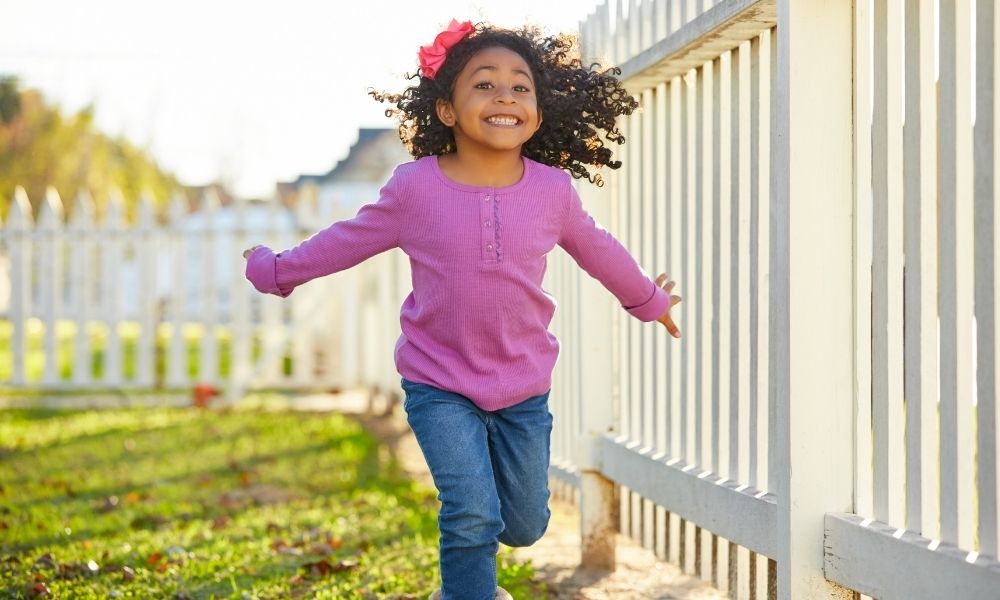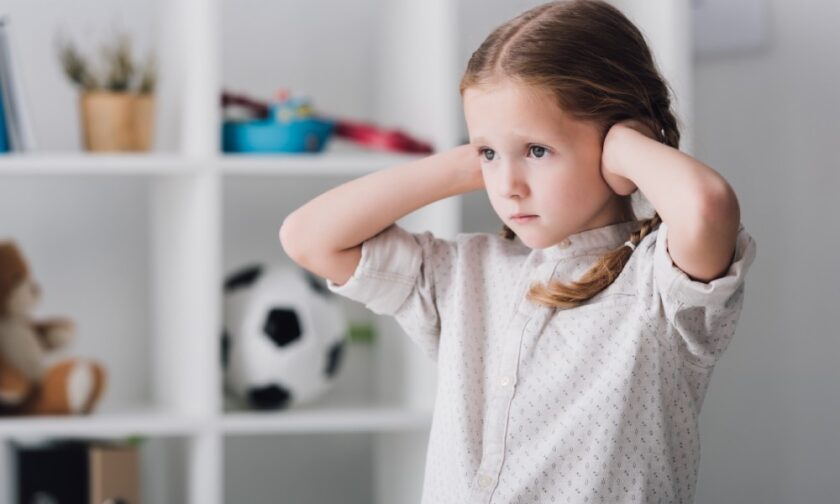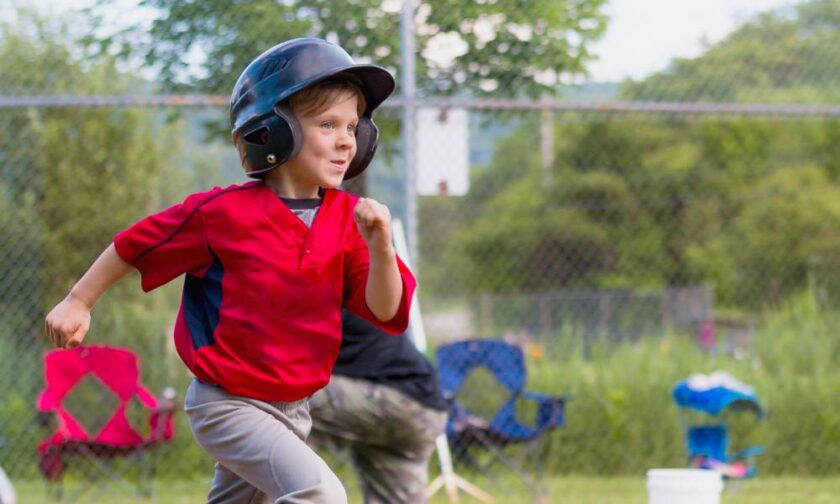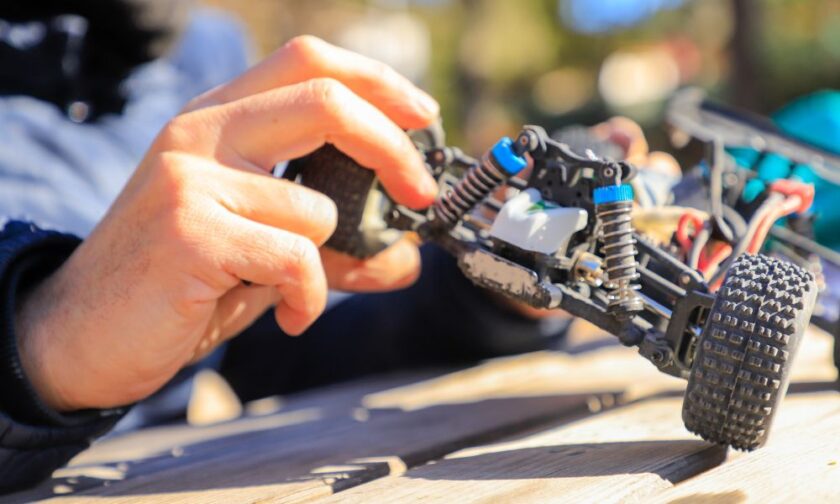Time outside is incredibly important for kids. It promotes strength, coordination, and motor skills, but more than that, it helps kids develop an appreciation for the natural world and its wonders.
These experiences are no less vital for kids who are on the autism spectrum, but sometimes, as parents, we can become fretful of our kids getting hurt out there in the great, wide world. But the best way to respond to this isn’t to keep our kids inside—it’s to create a space where they can explore safely. Our guide on how to create a safe yard for children with autism is here to help.
Keep Areas Enclosed
Many kids on the autism spectrum are natural explorers who love pacing and movement. Unfortunately, this makes them prone to wandering off without noticing they’re doing so. Putting up a fence is the easiest way to mitigate this issue. It prevents them from running off while still giving them plenty of space for free, unhindered movement.
Avoid Tripping Hazards
Along the lines of creating a safe space to pace, make sure that kids can move freely about without tripping. Some tripping hazards, such as uneven ground, are unavoidable, but you can do your part to control what you can. For example, clear the patio of small toys, or set up landscaping in a way that leaves plenty of space to wander safely.
Watch Out for Unsafe Plants
Toxic Plants
Kids tend to explore the world through all their senses, including their sense of taste. This is true of any child and especially true of many kids on the autism spectrum. Mouthing, the tendency to put things in their mouth, is a form of sensory regulation the same way hand-flapping or rocking is. This habit can be problematic in the outdoors, however, especially if there are any unsafe plants in the yard. Some common toxic backyard plants to look out for include:
- Devil’s weed
- Morning glory
- Poison oak
- Hemlock
- Tansy
- Berries
- Chinese lanterns
- Rhubarb
Also, know that many common garden flowers, such as buttercups, hydrangeas, foxgloves, and wisteria, can be toxic if a child ingests them.
Falling Plants
But some plants aren’t only dangerous when you consume them. If you have trees in the yard, keep an eye on the branches, especially after a strong storm. Falling branches can be dangerous for your property and anyone playing in the yard. If the damage has been very severe, you may need to decide if removing the tree is warranted.
Keep Garden Tools Locked Up
The natural world isn’t the only hazard your child could come across, though. If you think about all the things that go into making a pristine yard—shovels, pitchforks, weed whackers, yard chemicals, etc.—there are plenty of things to be wary of before setting our children loose to play. Whenever you finish using gardening tools, make it a habit to put it away in an inaccessible spot. If there is a garden shed or garage, the door should remain locked.
There are many gifts we give our children to help improve their lives. For some, it’s an education; for others, it’s a life motto. Creating a safe yard for your autistic child may seem like a small gift, but giving them a little piece of the outside world to explore is worth more than you can ever imagine.






